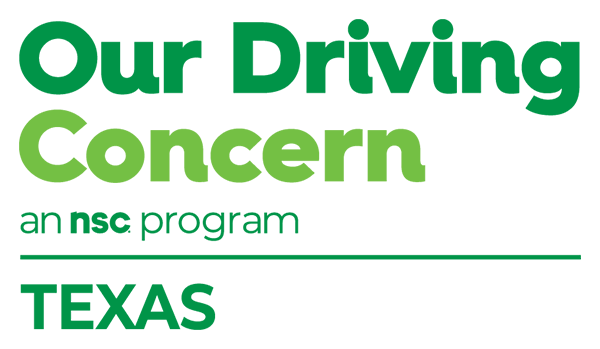Safety Coach
Choices, Chances and Changes
During our next free online training session, DeAnn Crane and Mike Ezzell will share tips and free resources to help your coworkers reduce incidences of speeding and aggressive driving. Both are program managers with the National Safety Council and have years of experience in health and safety environments.
Register to attend now: Why Speed Matters (10-10:30 a.m. Wednesday, May 25).
Ezzell, a certified master trainer who will lead the discussion, elevated driving safety to a personal core value after a former coworker failed to think about driving conditions and lost control of his vehicle. He was killed one day on his way home from work. Mike’s lasting takeaway? Off-the-job safety cannot be overstated.
Safety is personal. Read more in a Know Safety, No Crashes blog here: Be Strong, Be Loud, Be Happy.
While regulators often are used to govern truck speeds, few outside of the fleet world have adopted similar technology to mitigate risk. For years, speed has remained a contributing factor in about one-third of crash fatalities across the U.S., according to research from the National Highway Traffic Safety Administration.
There are even times when traveling at the posted limit can be too fast for conditions. For example, driving at excessive speeds can be risky during:
- Inclement weather
- Road repairs
- Nighttime hours or other instances of poor visibility
Last year, the AAA Foundation for Traffic Safety and the Insurance Institute for Highway Safety and Humanetics produced a report showing the consequences of modest speed increases. Crash outcomes were studied for vehicles traveling at three different speeds. The results were telling:
- At 40 mph, there was little intrusion into the driver’s space in the test crash
- At 50 mph, there was noticeable deformation of the driver-side door opening, dashboard and foot area
- At 56 mph, the vehicle interior was significantly compromised and the crash dummy’s sensors registered severe neck injuries and a likelihood of fractures to the long bones in the lower leg
In Texas, there were 25,044 crashes involving unsafe speed in 2020, according to the Texas Department of Transportation. That’s almost three crashes every hour of every day. Training and education can lead to behavior change. Get new ideas you can use to bolster your safety efforts in our next free online training session: Why Speed Matters.

Tailgate Talk
Beat the Heat
When a child dies in a hot car, the No. 1 question is: How could this happen? But do you know what the safety implication is at your workplace? Before you answer that, know this: About one-quarter of hot-car deaths involving kids occur at a place of work (office building parking lot, daycare center, grocery store lot, etc.).
Research shows more than half of kids who die in hot cars are left behind by a parent or caregiver. Often, distraction is a contributing factor, particularly if the morning drop-off routine is disrupted. There are steps you can take to protect your employees and their loved ones:
- Start with education: Enroll your team in a free online course offered by the National Safety Council. The course, offered in English and Spanish, outlines the three primary circumstances that lead to children dying in hot cars and what we can all do to prevent these deaths. Course completion certificates are available to download.
- Use our Parking Lot Toolkit: The kit is stocked with safety posters, safety coach cards and ready-made safety talks to help you create awareness. Did you know one in every five crashes occurs in a parking lot or parking garage? Or that two-thirds of drivers may be pulling into or out of parking spaces while distracted? Click on the Toolkits tab here.
- Be social: Get free resources from the National Highway Traffic Safety Administration to create your own social media campaign.
At a time of year when the temperature is climbing, this is your chance to reinforce the ideal that everyone plays a role in safety and safety is for everyone, both on and off the job.
Texas is a leader in crude oil and natural gas, shipping and trucking, livestock and produce production. Unfortunately, Texas also leads the nation in child hot car deaths, according to research from noheatstroke.org. Let’s change that.

